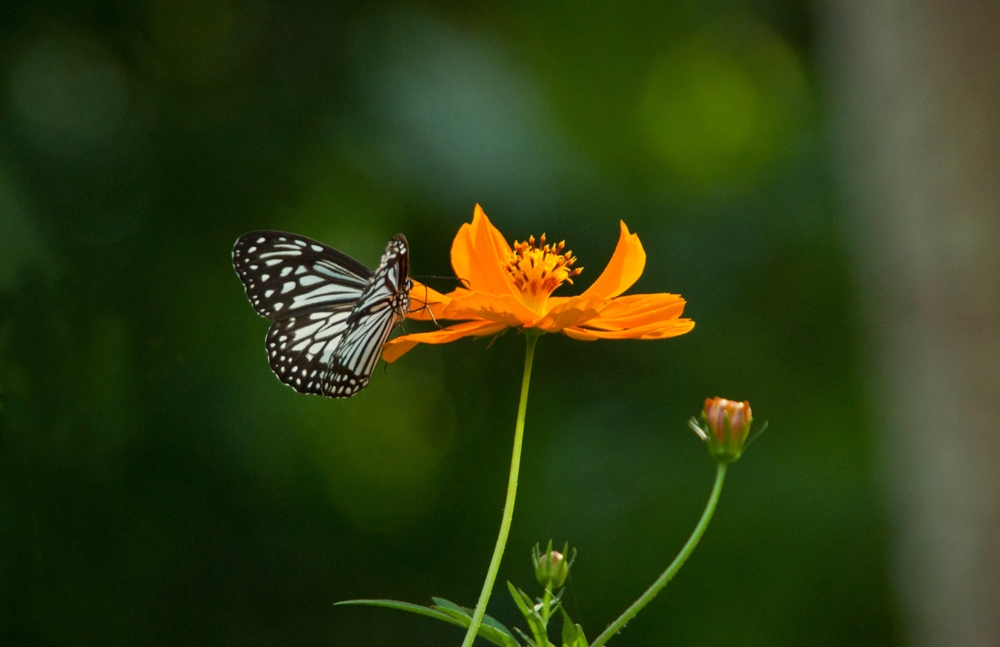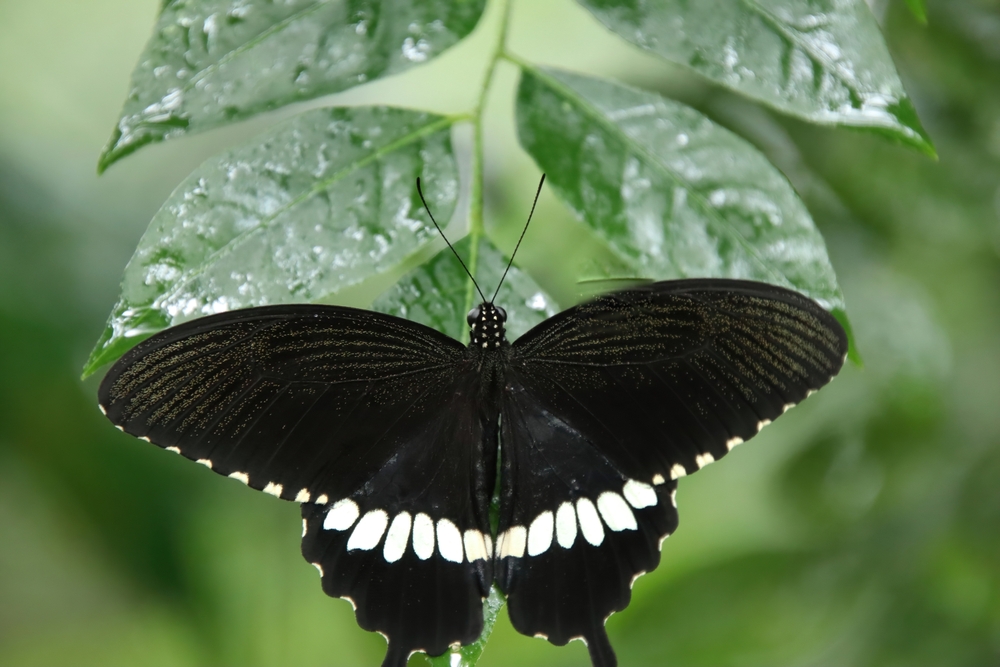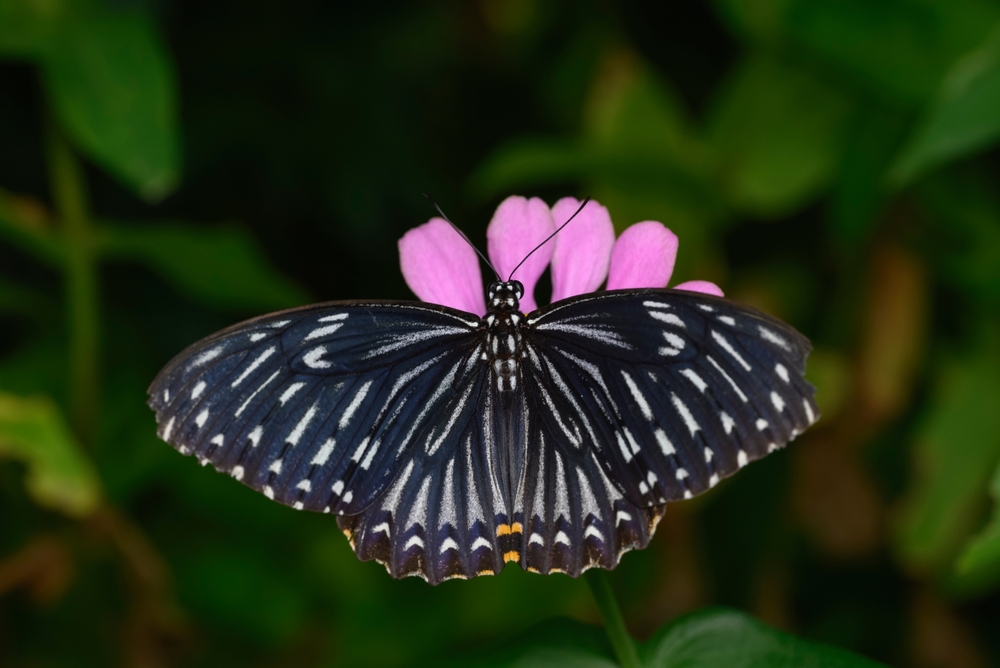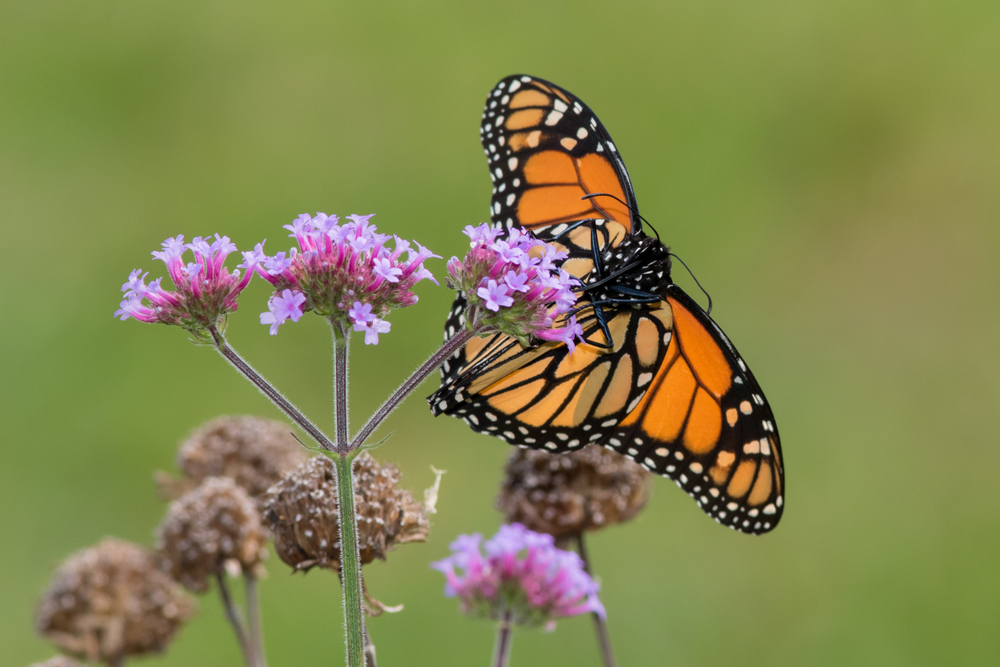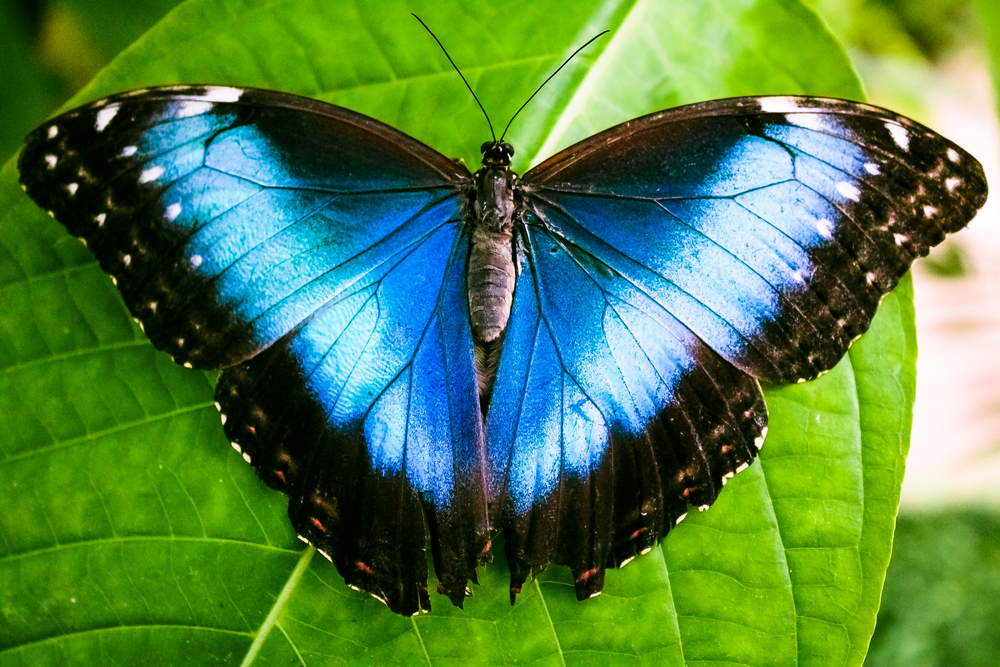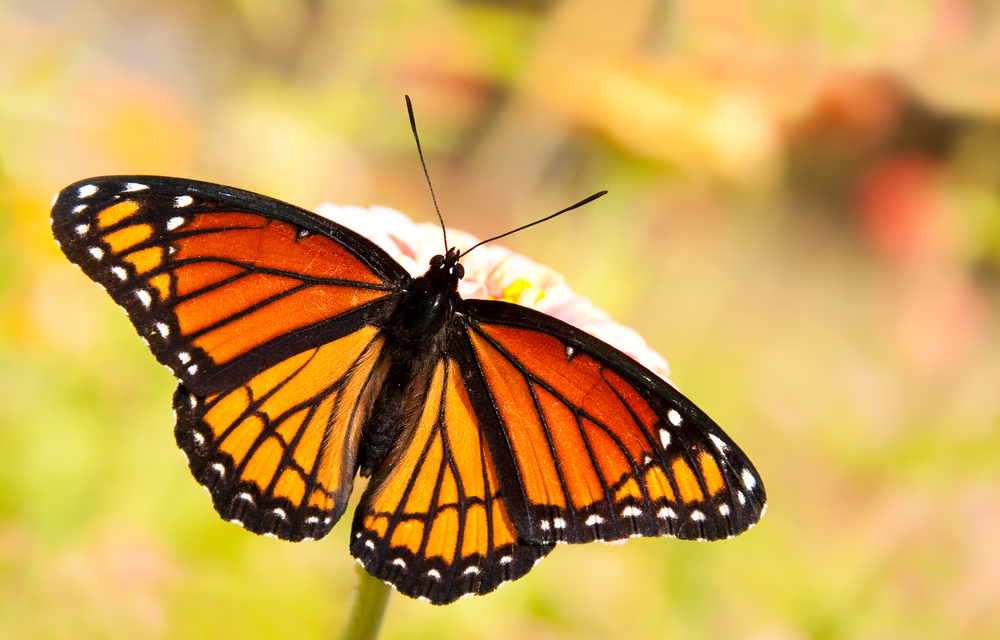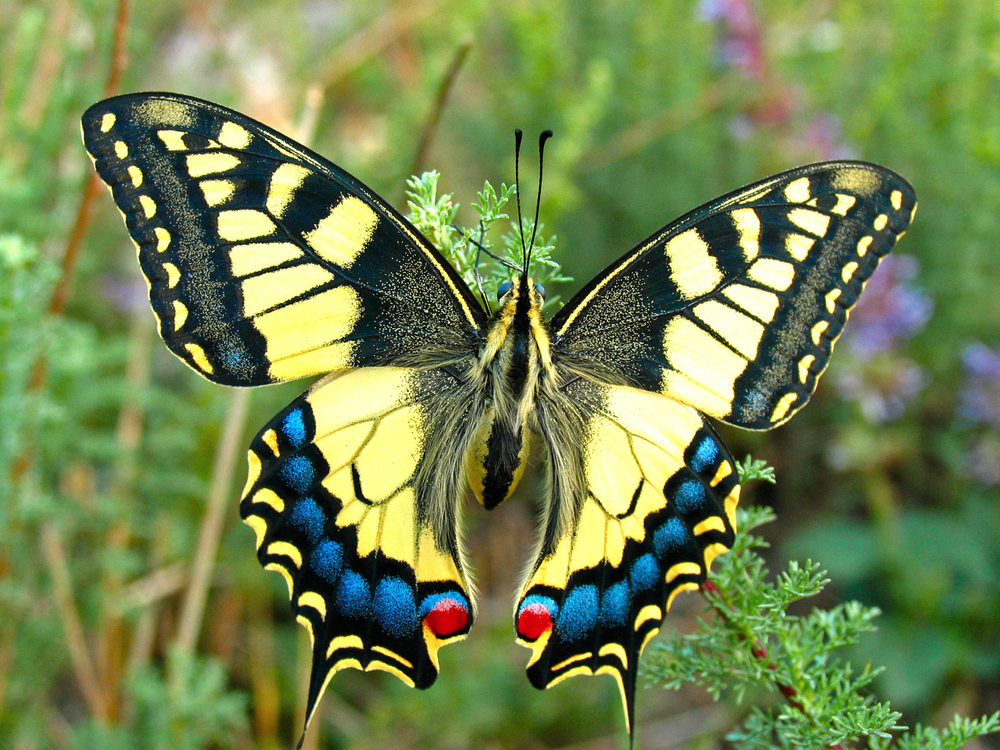Uniqueness
The Paper Kite Butterfly is celebrated for its graceful, floating flight, monochrome beauty, and chemical defenses, making it one of the most elegant and recognizable butterflies in Southeast Asia and tropical exhibits worldwide.
Gliding, Slow-Motion Flight:
One of the most distinctive features of the Paper Kite is its deliberate, gliding flight style, often compared to a piece of drifting tissue paper. Unlike most butterflies that flap quickly or dart, the Paper Kite floats slowly—an adaptation made possible by its large, lightweight wings and low wing loading.
Striking Black-and-White Pattern:
Its semi-translucent white wings with bold black veining and spots create a stained-glass effect. This not only provides high visual contrast in green forest backdrops but also acts as aposematic (warning) coloration, signaling its unpalatability to predators.
Chemical Defense via Host Plants:
The Paper Kite is a toxic butterfly. Both larvae and adults contain cardiac glycosides, absorbed from their host plants (Tylophora, Parsonsia, etc.). These toxins deter birds and other predators, enabling the butterfly to fly openly and slowly without fear.
Minimal Sexual Dimorphism:
Unlike many butterflies with visually distinct males and females, the Paper Kite is monomorphic, meaning both sexes look almost identical. This consistency helps maintain their unified warning display against predators.
Charismatic Display Species:
Because of its beauty, calm behavior, and confidence in flight, the Paper Kite is a favorite in butterfly conservatories, educational exhibits, and public gardens around the world. It is often one of the first butterflies to land on visitors, making it an ideal ambassador for butterfly conservation.
Association with Danaid Relatives:
As a member of the Danainae subfamily (same group as the Monarch and Blue Tiger), the Paper Kite shares a toxic defense strategy, but distinguishes itself by its neutral tones and soaring motion rather than bright warning colors or mimicry.
The Paper Kite’s combination of elegance, chemical defense, and peaceful movement makes it one of the most iconic butterflies in Asia. Its ability to thrive in both wild rainforests and curated butterfly houses reflects its biological resilience and visual charm.



































































